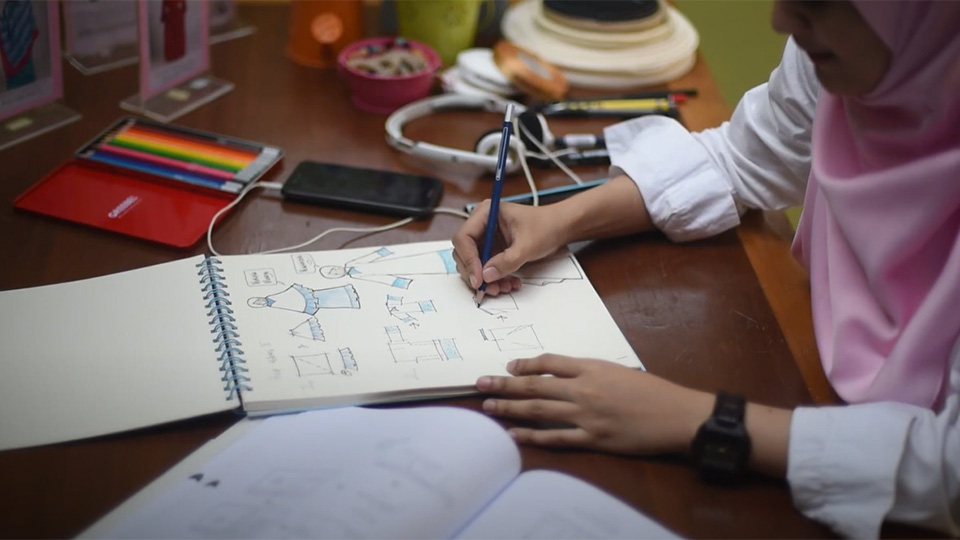Background
Recently graduated from the Faculty of Industrial Chemistry and Equipment at the University of Technology in Viet Nam with an engineering degree, Bui Quang Lanh joined Van Dien Fused Magnesium Phosphate Fertilizer Company (Van Dien) in 1974.Van Dien started out as a state enterprise launched in 1960 with the help of the Chinese government. Phosphate fertilizer (an inorganic fertilizer made of salt from phosphoric acid) production started in 1963 with the installation of two Chinese blast furnaces with output capacity of 10,000 tons of fertilizer per year. Van Dien has become one of the largest phosphate fertilizer companies in Viet Nam, with capacity reaching 300,000 tons of fertilizer per year by early 2010.
However, things were not so bright for Van Dien when Mr. Lanh joined. During the 1970s and 1980s, the combination of social unrest and lack of financing for updated equipment nearly brought an end to the Viet Namese phosphate fertilizer industry. In addition, Van Dien and other phosphate fertilizer companies had to rely on imported production materials, despite the Viet Namese government’s push to use domestic materials. This was because the Chinese blast furnaces that Van Dien and most Viet Namese phosphate companies used could only process coking coal (a soft, easily combustible coal) and not domestically available anthracite coal (a harder, less combustible coal). Inefficient equipment also meant that a lot of raw materials were wasted during production, with only 65-75% of it being suitable for use.
Research and Development
Mr. Lanh was met with a company in serious trouble. Half of the factory, including the blast furnaces, had been inoperative for six months because the waste processing system was unsuitable and chemicals used in production had eroded sections of the furnaces’ machinery. Van Dien had tried to fix the problem but their efforts met with little success, so management decided to see if the new engineer could have better luck. Researching Van Dien’s previous failures, Mr. Lanh was able to fix the furnaces. Impressed, management wanted to increase output and procure two more furnaces from China. Mr. Lanh was then tasked with the development of a waste processing system that could handle up to four furnaces. After a month of research and development (R&D), Mr. Lanh’s new waste processing system was successful with all four furnaces, which increased output by 200% and mitigated the danger of closure the company was facing.
Though the furnaces were fixed, Van Dien still had difficulty growing due to its reliance on imported coking coal. Recognizing the vast potential for growth from an untapped fertilizer market, the R&D department, led by Mr. Lanh, went to work researching a way to use anthracite coal instead of coking coal in phosphate fertilizer production. Their efforts paid off, and they developed a technology that could be used with their furnaces to produce phosphate fertilizer with domestic anthracite coal. At the same time, their solution improved the manufacturing capacity of their furnaces and ensured that the resulting fertilizer met all requirements for domestic and export use. Because the technology could be used with existing furnaces, Van Dien did not need to purchase any more equipment and therefore saved money while increasing output by eight times. Another important technology developed was a process to convert unusable smooth ore (extracted from coking coal during the phosphate manufacturing process) into suitable ore using a special inorganic adhesive, which resulted in the creation of new products. Combined with a reduction in coal use, the new technology propelled Van Dien to a leading position in the phosphate fertilizer industry in domestic and international markets.
These successes have instilled in Van Dien the importance of R&D. Mr. Lahn was appointed director of the company in 2002, and he worked with his staff to develop the company’s current R&D philosophy, which has three main focus areas. Firstly, it researches new technological solutions that can be applied in manufacturing fertilizer products using domestic resources, reducing prices and increasing product quality while minimally affecting the environment. Secondly, it undertakes significant market research to determine what kinds of products are needed for domestic and international markets, and the company can expand into new markets. Lastly, it focuses on enhancing the knowledge of its employees and customers through training programs so that developed technologies can be applied successfully, both during the manufacturing process and when the company’s products are used by farmers. The success of Van Dien’s R&D has allowed it to operate without any governmental assistance, and the company uses its own capital for the development, manufacture and distribution of its products.
Patents and Trademarks and Commercialization
Recognizing the importance of protecting its intellectual property (IP), Van Dien started to seek intellectual property rights (IPR) in 1991. IPR has enabled the company to apply its technological advancements without fear of infringement from competitors, and it has also associated the company with success and quality, increasing its access to world markets.
Van Dien has been granted six patents for its inventions by the National Office of Intellectual Property of Viet Nam (NOIP Viet Nam), among which include patents for its technology to use anthracite coal to manufacture phosphate fertilizer and its inorganic ore adhesive. The company also has a trademark registration with NOIP Viet Nam for its name.
Initially a state funded enterprise, Van Dien’s successful use of R&D and IP has allowed it to commercialize its products itself. The company sells more than twenty fertilizer products domestically and in international markets such as Australia, Japan, Malaysia and Taiwan (Province of China).
Business Results
Demand for fertilizer in Viet Nam has steadily increased, reaching 8.9 million tons per year by the third quarter of 2010. Increased demand is a result of strong agricultural commodity prices and governmental support for the industry, which gives farmers incentive to grow more. Van Dien is able to meet farmers’ needs, and thus has a significant impact on the amount of agricultural commodities produced in Viet Nam. Although production costs and corresponding product prices increased in 2007, Van Dien has been able to turn itself around and become one of the most successful Viet Namese fertilizer companies. Since the implementation of its technology for using anthracite coal, productivity has increased by 600% and it went from a 17 million Viet Namese dong (₫) profit in 1989 to over ₫15 billion by 2004. In 2008, Van Dien initiated an aggressive approach to the export market, focusing specifically on increasing sales in large markets such as India and Japan.
Van Dien’s success has been recognized on numerous occasions. In 2002, it received an award from the World Intellectual Property Organization (WIPO) for its innovative use of patenting its developed technologies. It also received the Viet Nam Creative Technical Support Fund (VIFOTEC) Award in the fields of machinery and automobiles in 1998 and the State Award in the Field of Science and Technology in 2000 for its development of improving blast furnaces to work with domestic anthracite coal.
IP for Domestic Development
Facing collapse, Van Dien’s use of innovation and IP transformed the company into a major force in the domestic and international phosphate fertilizer industry. It also contributed to the development of Viet Nam’s economy, and the success of the company has been passed on to its employees, significantly increasing their living standards. Van Dien has shown that creativity and IP is a valuable combination that can bring about demand for domestic resources, create jobs and stimulate an economy.



